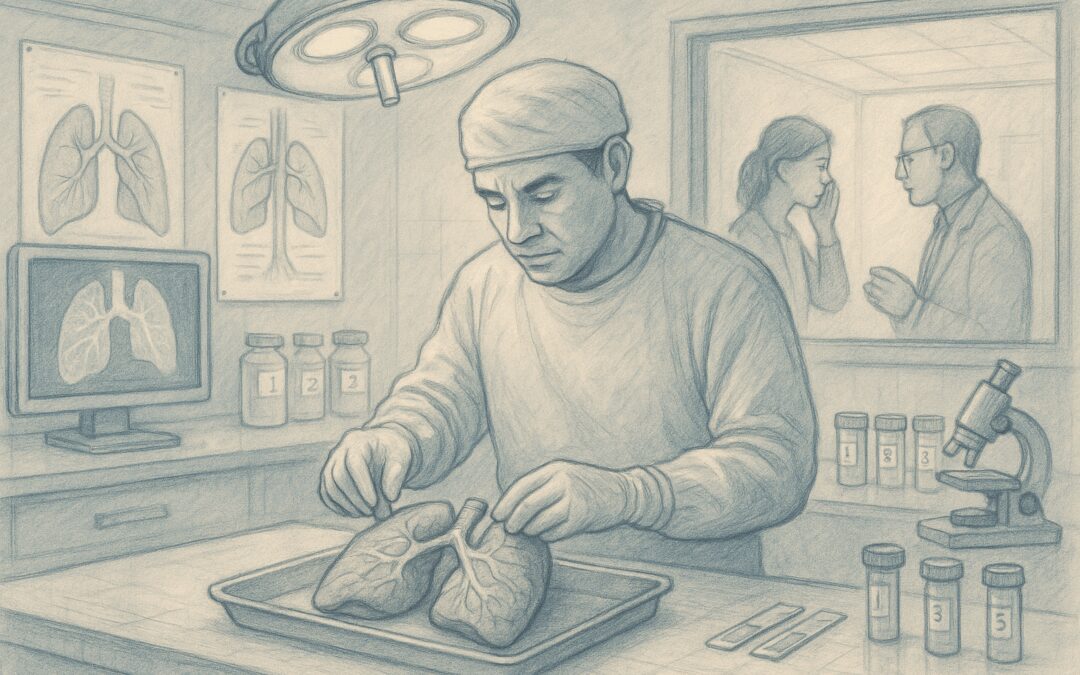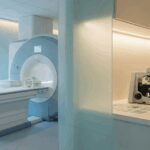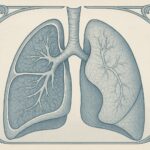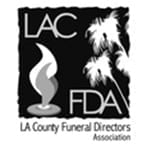Understanding the Lung-Only Autopsy
The phone call came on a Tuesday morning. Maya’s father had passed away suddenly, and the doctor mentioned something about respiratory complications. The medical examiner explained that a lung-only autopsy would provide the answers her family desperately needed. Maya felt overwhelmed by the unknown territory ahead.
A lung-only autopsy focuses specifically on examining the respiratory system to determine the cause of death. This specialized procedure differs from a complete autopsy by concentrating solely on the lungs and related structures. Pathologists perform this targeted examination when respiratory conditions appear central to the death investigation.
The pulmonary autopsy process begins with careful preparation. The pathologist reviews the deceased person’s medical history, medications, and circumstances surrounding the death. This background information guides the lung-focused examination and helps identify potential areas of concern.
Initial Assessment and External Examination
Dr. Kai, the forensic pathologist, began Maya’s father’s case by conducting a thorough external examination. The pathologist lung exam starts with observing the chest cavity’s external appearance. Any signs of trauma, surgical scars, or abnormal chest wall formation receive careful documentation.
The respiratory autopsy requires precise measurements and photography. The pathologist documents the chest circumference, notes any asymmetry, and records visible abnormalities. This external assessment provides crucial baseline information for the subsequent internal examination.
Families often wonder about the timeframe for these initial steps. The external examination typically takes thirty to forty-five minutes. The pathologist works methodically, ensuring no detail goes unrecorded. This thoroughness becomes essential when determining the final diagnosis lungs will reveal.
Opening the Chest Cavity
The lung autopsy procedure continues with the careful opening of the chest cavity. The pathologist makes a precise incision from the collarbone area down to the lower chest. This Y-shaped incision provides optimal access to the lungs while maintaining the body’s dignity.
Maya’s biggest concern involved the appearance of her father’s body after the examination. The pathologist explained that skilled professionals reconstruct the chest cavity after the lung tissue analysis. Families can proceed with funeral arrangements without visible signs of the procedure.
The rib cage requires careful removal to expose the lungs fully. The pathologist uses specialized tools to cut through the ribs systematically. Each cut follows established protocols to ensure complete lung access while preserving important anatomical relationships.
Examining the Lungs in Place
Before removing the lungs, the pathologist conducts an in-situ examination. This step involves observing the lungs within their natural position inside the chest cavity. The pathologist looks for signs of inflammation, fluid accumulation, or abnormal growths.
The autopsy of lungs reveals critical information about the person’s final moments. The pathologist examines the lung surfaces for discoloration, texture changes, or unusual masses. These observations help establish the sequence of events leading to death.
Dr. Kai noted several concerning findings during Maya’s father’s examination. The lung surfaces showed signs of severe inflammation, suggesting an acute respiratory condition. The pathologist documented these observations carefully, knowing they would prove crucial for the final diagnosis.
Lung Removal and Weight Measurement
The lung-only postmortem proceeds with the careful removal of both lungs. The pathologist cuts the major blood vessels and airways that connect the lungs to the rest of the body. This process requires surgical precision to maintain the lungs’ structural integrity.
Lung weight provides important diagnostic information. Normal adult lungs typically weigh between 400 and 600 grams each. Significantly increased weight often indicates fluid accumulation, infection, or other pathological conditions. The pathologist records these measurements meticulously.
Maya learned that her father’s lungs weighed nearly twice the normal amount. This finding suggested severe fluid retention, possibly related to heart failure or lung disease. The pathologist explained how this information would contribute to understanding the cause of death lungs examination revealed.
Detailed Tissue Analysis
The pulmonary pathology findings emerge through systematic tissue analysis. The pathologist cuts the lungs into thin sections, examining each area for abnormalities. This process reveals internal structures that external examination cannot assess.
The lung disease autopsy requires examining tissue samples under magnification. The pathologist looks for signs of infection, scarring, blood clots, or cancerous growths. Each finding receives careful documentation and photography for the final report.
Microscopic examination forms a crucial component of the lung tissue analysis. The pathologist prepares thin tissue slides for detailed cellular examination. This process takes additional time but provides definitive diagnostic information about the cause of death.
Laboratory Testing and Analysis
Modern lung-focused examination incorporates advanced laboratory testing. The pathologist may order cultures to identify bacterial or viral infections. These tests help determine whether infectious agents contributed to the death.
Toxicology testing examines lung tissue for drugs, poisons, or environmental contaminants. This analysis can reveal exposure to harmful substances that may have caused or contributed to respiratory failure. The testing process typically takes several days to complete.
Maya’s father’s tissue samples underwent comprehensive testing. The laboratory identified signs of severe pneumonia along with evidence of underlying lung disease. These findings helped explain the rapid deterioration that led to his death.
Family Expectations and Communication
Family expectations autopsy procedures address often focus on timing and information sharing. Most families want to understand when results will be available and what information the examination will provide. Clear communication helps families navigate this difficult process.
The pathologist typically provides preliminary findings within 24 to 48 hours of the examination. However, final results may take several weeks due to laboratory testing requirements. Families should expect regular updates throughout the process.
Maya appreciated Dr. Kai’s clear explanations throughout the process. The pathologist took time to explain each step and answer questions about the findings. This communication helped Maya understand her father’s condition and the circumstances of his death.
Autopsy Steps and Documentation
The autopsy steps lungs examination follows establish clear protocols to ensure accuracy and completeness. Each step receives careful documentation, creating a comprehensive record of the findings. This documentation becomes essential for legal proceedings or insurance claims.
Photography plays a crucial role in documenting the respiratory autopsy findings. The pathologist takes detailed photographs of abnormalities, tissue samples, and important anatomical features. These images support the written report and provide visual evidence of the findings.
The pathologist creates detailed diagrams showing the location and extent of any abnormalities found during the examination. These diagrams help other medical professionals understand the findings and support the final diagnosis.
Final Report and Diagnosis
The final diagnosis lungs examination produces emerges from careful analysis of all findings. The pathologist considers the external examination, tissue analysis, laboratory results, and medical history to reach conclusions about the cause of death.
The written report provides a comprehensive summary of the lung-only autopsy findings. This document includes detailed descriptions of abnormalities, laboratory results, and the pathologist’s conclusions about the cause of death. The report serves as an official medical document for legal and insurance purposes.
Maya received her father’s final report three weeks after the examination. The report confirmed that severe pneumonia complicated by underlying lung disease caused his death. This information provided closure and helped the family understand the medical circumstances involved.
Supporting Families Through the Process
The pulmonary autopsy process can feel overwhelming for grieving families. Medical professionals understand these concerns and work to provide support throughout the examination. Clear communication and regular updates help families cope with uncertainty.
Many families benefit from speaking with grief counselors familiar with the autopsy process. These professionals can help families understand their emotions and provide coping strategies during the waiting period. Support groups also offer valuable connections with others who have experienced similar situations.
Maya found comfort in connecting with other families who had undergone similar experiences. These connections helped her process her grief while waiting for the final results. The support proved invaluable during a difficult time.
Moving Forward After the Examination
The weeks following a lung-only autopsy bring a mixture of relief and continued grief for most families. Maya found that having concrete answers about her father’s death helped her process the loss more effectively. The medical clarity provided by the pulmonary pathology findings allowed her to focus on healing rather than wondering about unanswered questions.
Many families discover that the autopsy results influence important health decisions for surviving relatives. Genetic lung conditions or environmental factors identified during the examination may prompt family members to seek medical evaluation. This preventive approach can potentially save lives and detect conditions early.
The documentation from the respiratory autopsy also proves valuable for legal and insurance matters. Clear medical evidence helps resolve disputes and ensures proper benefit payments. Families should retain copies of all reports and communicate findings to their healthcare providers and legal representatives as needed.
Understanding the lung-focused examination process empowers families to make informed decisions during difficult times. Knowledge reduces anxiety and helps families advocate for thorough investigations when respiratory deaths occur unexpectedly. This preparation proves invaluable when facing similar situations in the future.








